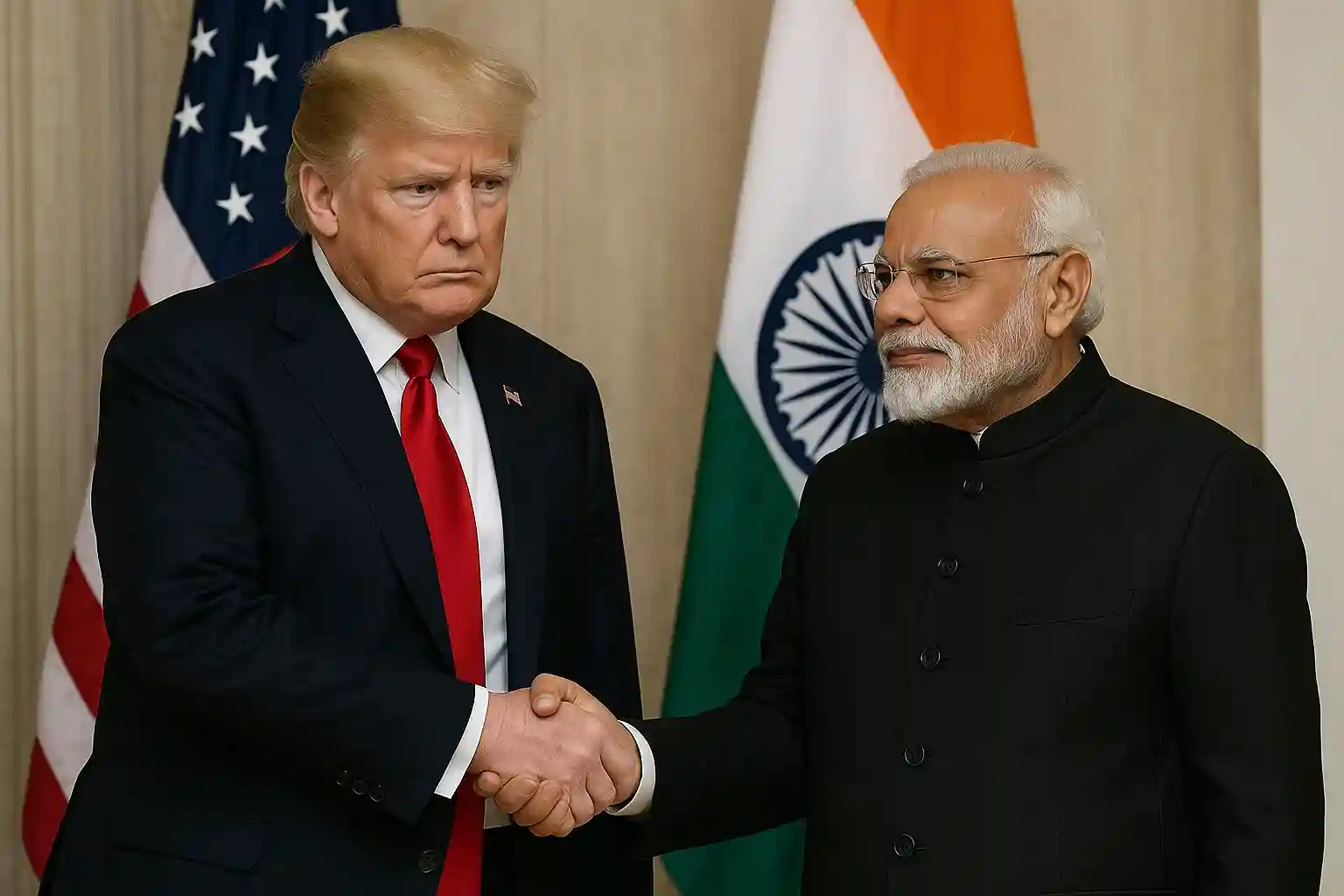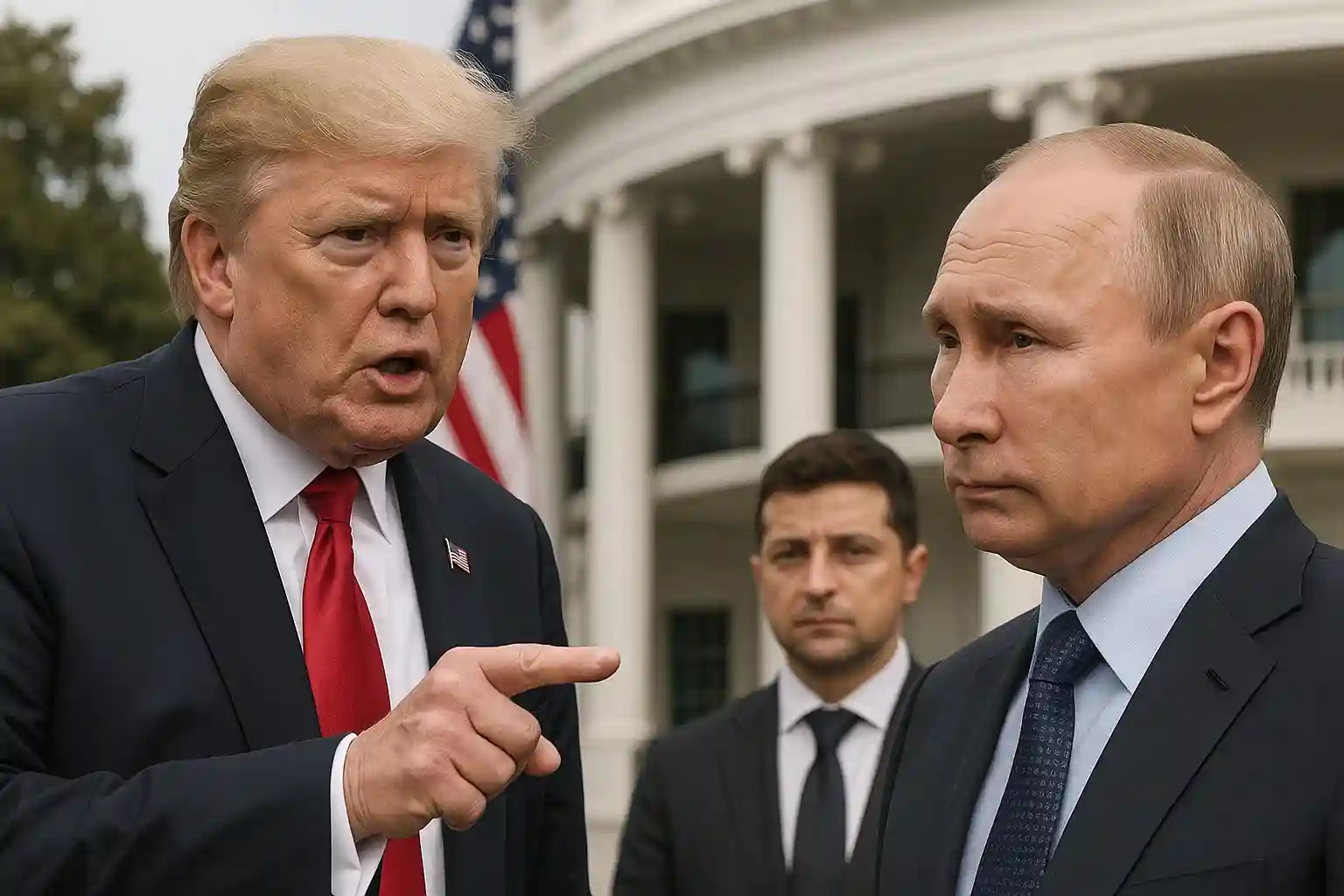The $50 Billion Blow: Inside India's Response to Trump's Punitive Tariffs

The $50 Billion Blow: Inside India's Response to Trump's Punitive Tariffs
NEW DELHI, India – The U.S. administration's decision to impose a staggering 50% tariff on Indian goods, a move projected to cost India's exports as much as $50 billion, has sent shockwaves through New Delhi. This punitive measure, stemming from a combination of long-standing trade disagreements and a new penalty for India's energy purchases from Russia, is forcing the government to execute a carefully calibrated and multi-pronged response.
While the rhetoric from Washington has been sharp, India’s initial reaction has been measured. The government, rather than rushing into a full-blown trade war, has opted for a strategic blend of diplomacy, targeted economic countermeasures, and a renewed focus on domestic resilience.
A Two-Pronged Countermeasure Strategy
The economic assault on Indian exporters, particularly in the key sectors of textiles, gems and jewelry, and apparel, has created an immediate need for a robust response. In the short term, India is expected to implement targeted, "tit-for-tat" tariffs on a select list of U.S. imports. Past trade disputes saw India impose retaliatory duties on high-profile American goods like almonds, walnuts, and apples, and a similar approach is likely to be taken to apply political pressure on Washington.
Simultaneously, the Ministry of Commerce and Industry is working on domestic relief measures. Experts are suggesting the government will introduce targeted credit schemes and other forms of financial assistance to help affected export-oriented units and small and medium-sized enterprises (SMEs) absorb the shock and remain competitive in a challenging global market.
The Geopolitical Rebalancing
Beyond the immediate economic fallout, the tariffs have underscored India's need for strategic autonomy in a multipolar world. The U.S. action is seen in many quarters as an attempt to compel India into a more explicit alignment with Washington's geopolitical objectives, particularly concerning its relationship with Russia.
In response, New Delhi is accelerating its policy of diversification. This includes strengthening economic ties with alternative partners in the Global South, actively engaging with blocs like BRICS and the Shanghai Cooperation Organisation (SCO), and fast-tracking free trade agreements with the UK and the European Union. While a trade deal with the U.S. remains a stated goal, the punitive tariffs have effectively demonstrated the risk of over-reliance on any single partner, reinforcing India's commitment to building a more resilient, multi-aligned foreign policy.
In a global landscape where trade has become a weapon, India’s response is a strategic maneuver to not only protect its economy but also to solidify its position as an independent and indispensable player on the world stage.


